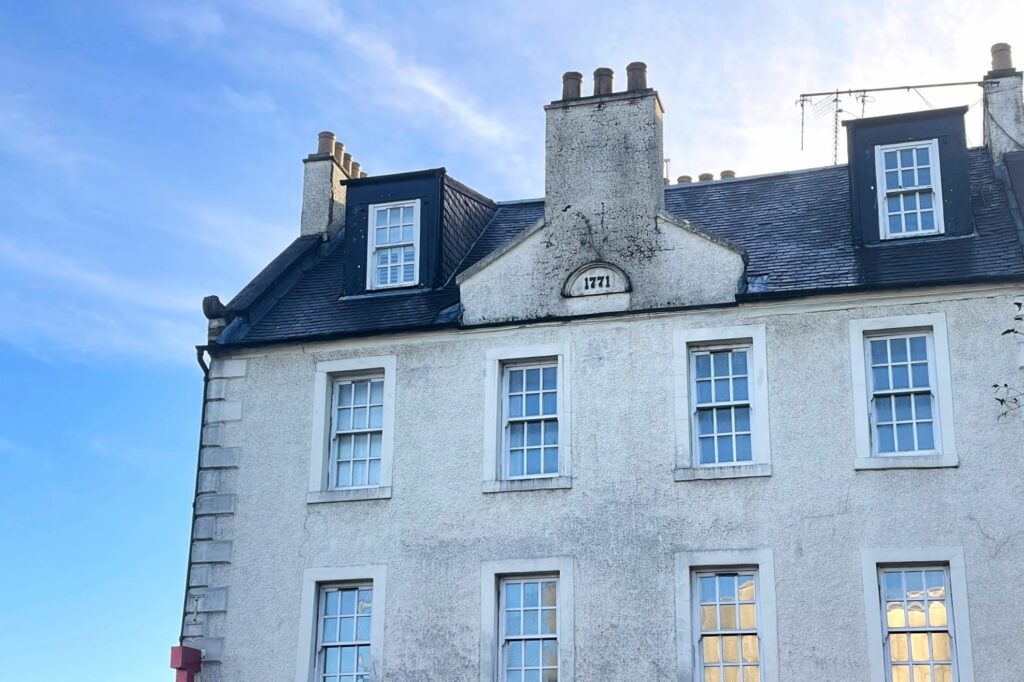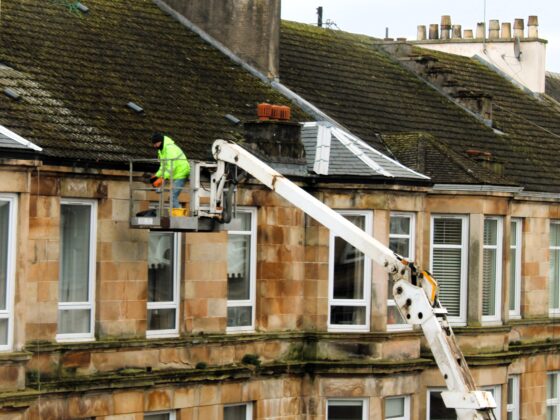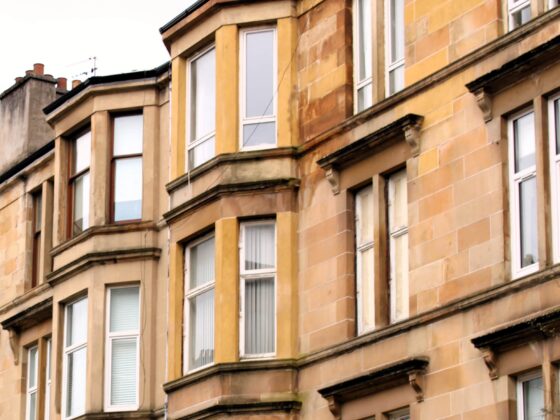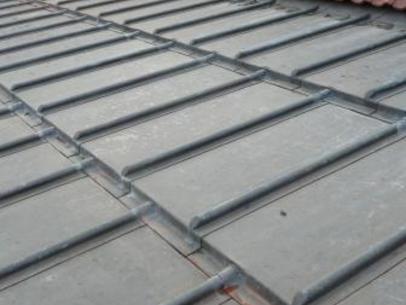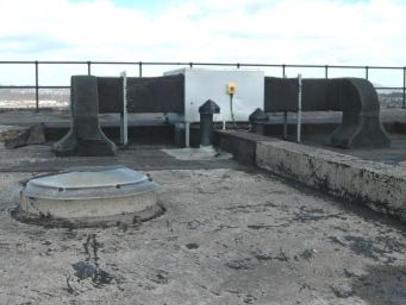You may need special consent to repair or alter listed buildings or those in conservation areas. This can include making repairs and any changes to the appearance of buildings, such as painting. You may need to get consent to change internal features in listed buildings. It is an offence to alter the character of a listed building without consent.
Is your building listed or in a conservation area?
Listing affects individual buildings and is not only for the oldest buildings – even some local authority multi-story blocks of flats are listed.
A conservation area covers all properties in the designated area and includes external features, such as trees and gardens. Conservation areas are those of special architectural or historic interest and the protection includes the whole environment. You will need to contact your local council’s planning department to find out if you are in a conservation area. Many councils have conservation area maps online.
Check if you are in a listed building
Repairs to listed buildings and those in conservation areas
Listing is designed to safeguard a building’s special architectural or historic character. This includes the inside parts of the building.
If your building is in a conservation area, then it is not just the building itself that is protected but also parts of the area around it, such as trees. If an ‘Article 4 Direction’ has been made, then you will need to apply for planning permission for work that would otherwise normally be permitted without consent.
Contact your planning department if you live in a listed building or conservation area and plan to:
- carry out alterations to a roof
- install a satellite dish
- repair or clean stone
- paint the exterior
- replace windows or doors
- carry out tree work (conservation areas)
- carry out internal works (listed buildings)
If you are repairing with exactly the same materials, you will probably not need listed building consent but check and make sure.
Generally speaking, you will be asked to use a repair specification that is good for the long term health of the building. This may cost more than you hoped for but will probably still be good value for money in the long-term. Replacement windows will need to be similar in appearance to the original ones.
Listed Building Consent is free but you may also need planning consent and there is a charge for this. Contact your local council’s planning team and ask for the conservation team.
Getting conservation advice
Your local council
Conservation specialists in your council’s planning department may be able to come out and look at your building and give you useful (and free) advice.
Using conservation architects and surveyors
It’s worth using a conservation accredited architect or surveyor to help you with repairs to listed buildings and those in a conservation area as they will have experience of your type of building, the materials that you will need to use, and the process of getting consent.
Conservation Trusts
There are Conservation Trusts in the major cities in Scotland. They are a good source of advice and many provide useful publications or training schemes. They may be able to offer grants for specific works.
Search ‘[Your city] conservation trust’ online to find out about Conservations Trusts in your area, or follow the link below for information on grants and funding from Historic Environment Scotland.
Specialist conservation trades
The Historic Scotland Conservation Bureau maintains a register of consultants, contractors, specialist trades, and crafts people working in architectural conservation in Scotland.

